Progress on the Road to Ropeless Fishing Gear
Learn how transitioning to ropeless fishing gear offers an alternative that could recover right whales and preserve the livelihood of New England’s iconic lobstermen and women.
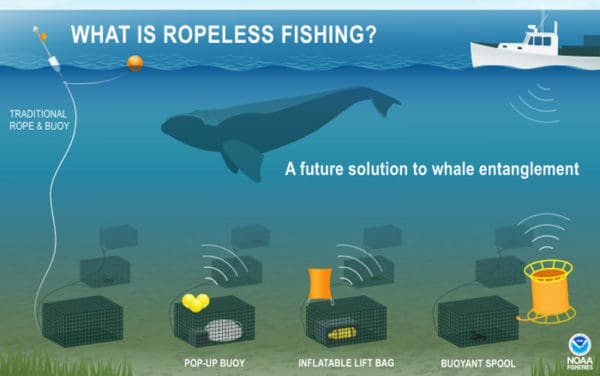
Learn how transitioning to ropeless fishing gear offers an alternative that could recover right whales and preserve the livelihood of New England’s iconic lobstermen and women.

“The public’s right to access the waterfront has been guaranteed for generations, and we must fight any attempts by unauthorized state officials to undermine it,” said Peter Shelley, Senior Counsel at CLF. “The politicized, developer-driven process that led to Boston’s harbor plan was fundamentally flawed. The lower court was correct to conclude that the state agencies did not have the authority to approve it. We’re confident the justices will uphold that decision to send Boston’s unlawful plan back to the drawing board.”
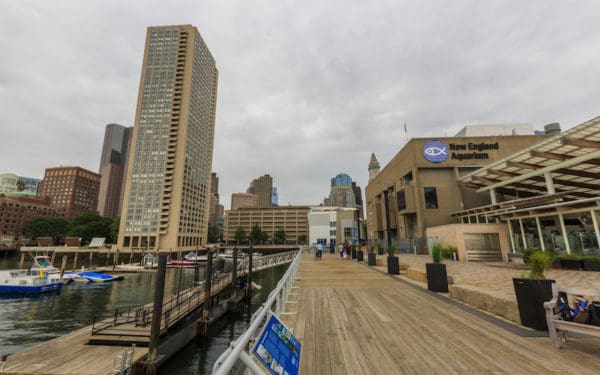
“TCI was never going to be enough to address the impacts and needs of the region’s transportation systems,” said Staci Rubin, Vice President of Environmental Justice at CLF. “Transportation is the largest source of planet-warming emissions in New England, and our current systems have overburdened communities of color with air pollution for decades. We must overhaul the way we move people and goods, and it must be done in a way that recognizes and addresses these historic inequities and brings everyone to the table in finding a solution. CLF will continue to work with impacted communities and our states to move that process forward.”
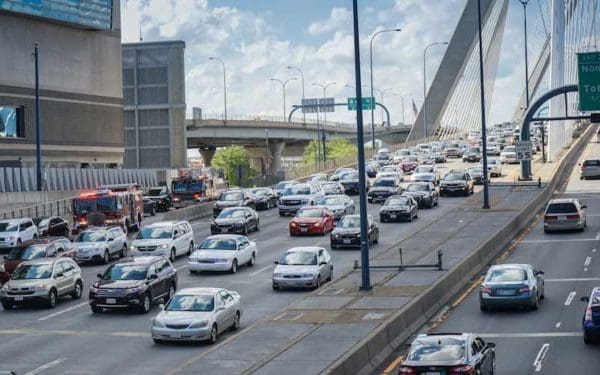
An international climate conference in Glasgow just ended. It’s left me feeling frustrated and angry, but I know I can still find hope in local action.

“State officials would be absolutely right to deny the expansion of this already massive, polluting landfill,” said Kirstie Pecci, director of CLF’s Zero Waste Project. “No new landfills or expansions of landfills are allowed in an Area of Critical Environmental Concern. The Saugus Ash Landfill is in the middle of one of these areas, so it is not allowed to expand vertically. End of story.”

Our forests, open spaces, farms, and ocean can help us fight the climate crisis if we responsibly manage and conserve them. It’s time for Congress to invest in natural climate solutions now.

The House Oversight Committee recently held a hearing to interrogate Big Oil executives about their companies’ decades of deliberate climate disinformation. A disappointing yet unsurprising outcome tells us it’s time for more climate mandates for real accountability.
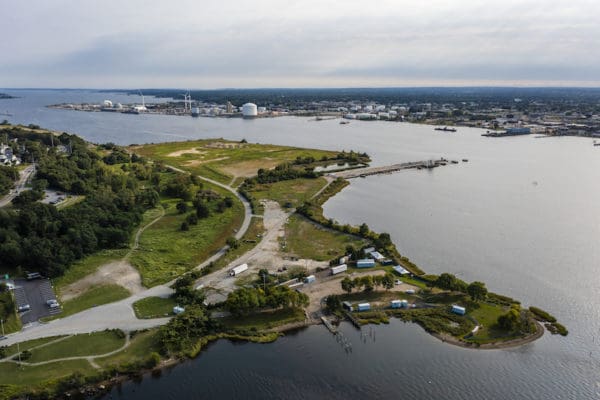
“Boston has the opportunity to be a national leader in tackling these overlapping crises head-on,” said Caitlin Peale Sloan, Vice President of CLF Massachusetts. “Climate, justice, and transportation issues affect everyone in Boston, and we’ve historically seen little progress on these issues. It’s time for Mayor-Elect Wu to make these issues a priority and commit to real progress that will positively impact the entire city.”
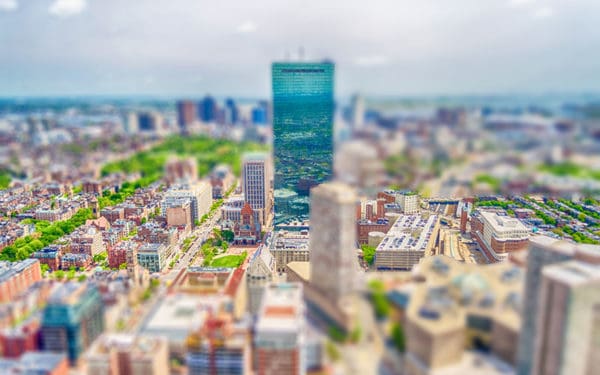
Over the past few years, recycling prices across the U.S. have soared, with some cities and towns now spending millions of dollars on their programs. To understand the financial burden our communities are facing, I spent the better part of last year collecting recycling data from Massachusetts cities and towns. Here’s what I learned.

“Wood-burning power plants spew harmful emissions that poison the air in surrounding communities,” said Staci Rubin, Vice President of Environmental Justice at CLF. “They worsen asthma and other respiratory conditions and set us back in reaching our mandatory climate goals. Industrial biomass plants don’t belong in any community, and it’s time for the Commonwealth to stop providing subsidies for toxic power that is hardly renewable.”
